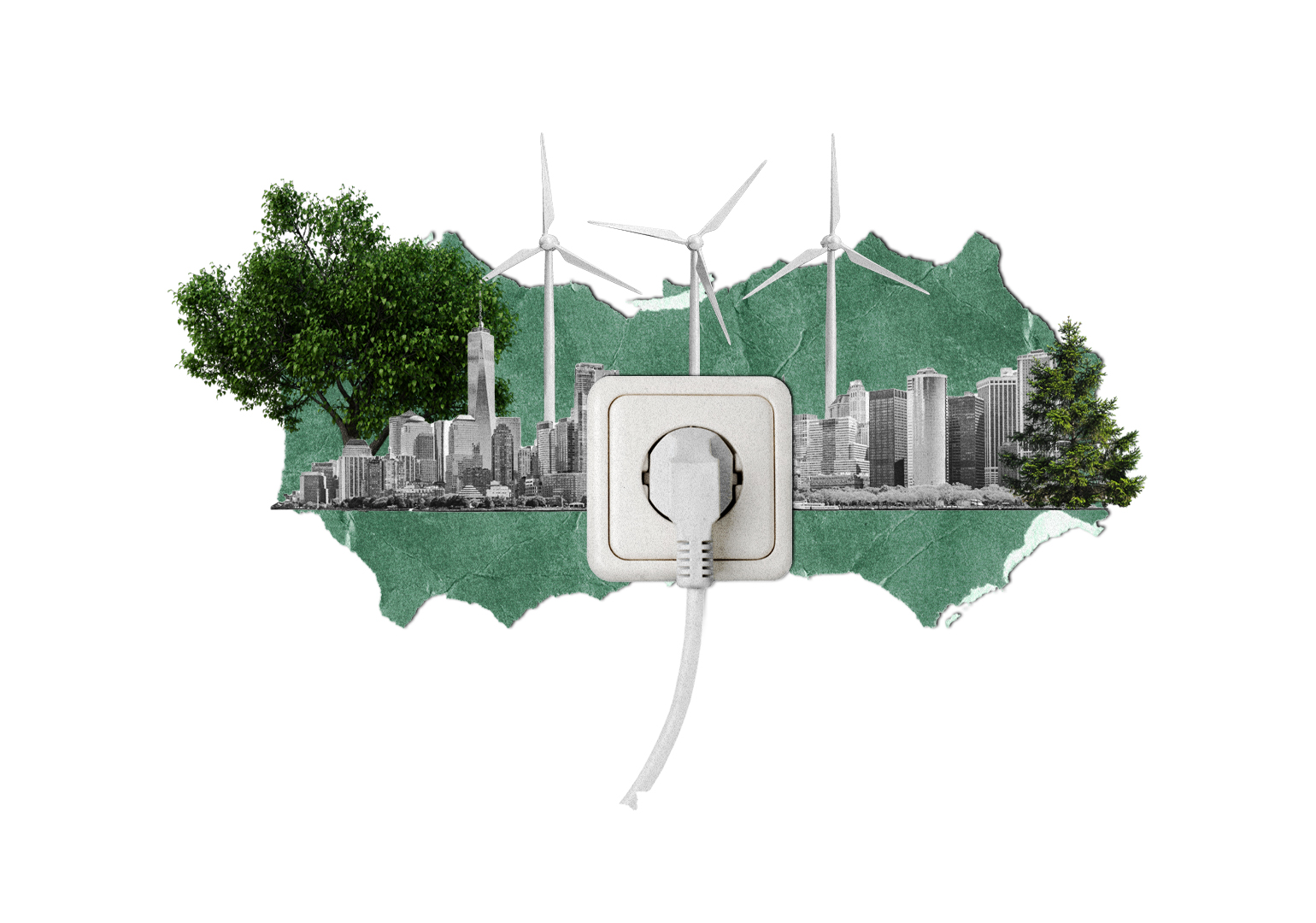Salome Janelidze, member of the board of Energy training center of GNERC publishes the article about energy storage new technologies:
“Climate change is one of the world’s major challenges today and the energy sector is responsible for about three-quarters of greenhouse gas emissions. In order to achieve net zero emissions by 2050, as foreseen by the Paris Agreement, it is necessary to facilitate the energy transition and replace fossil fuels with renewable energy sources such as solar and wind energy.
The energy crisis in Europe and the high prices of natural gas around the world have further accelerated the adoption of renewable energies. According to the estimates of the International Energy Agency, by 2028, the installed capacity of renewable energy production is expected to double and replace coal, the main source of electricity production today. The growing share of renewable energies in the electric power system is a significant challenge for the stability and reliability of the system. In order to maintain the nominal frequency in the power system, the amount of electricity fed into the grid must always be equal to the amount of consumed electricity; however, solar and wind energy generation cannot be controlled and are determined by meteorological conditions.
In order to balance the power system, traditionally, coal- and natural gas-fired thermal power plants were used. Along with the replacement of fossil fuels and thermal power plants, it is necessary to find alternative mechanisms to ensure the security of the power system. One such alternative is electricity storage technologies, which can contribute to the stability of the power system and electricity prices by supplying additional energy to the grid during power generation shortages.
The most widespread electricity storage technology is pumped hydro storage. When there is an excess of electricity supply in the system, water from the lower-level reservoir is pumped to the reservoir located at a higher altitude. During peak consumption periods, the water is reused to generate electricity. A quarter of the pumped storage hydro capacity in the world—44 gigawatts—is represented in Europe. Although pumped hydro storages allow long-term storage of large volumes of energy, the development of new projects is associated with challenges, due to both the difficulty of finding a suitable area for the installation of a hydro reservoir and the risks associated with the environmental impact of such reservoirs.
Batteries are a more compact way of storing electricity and have a lower impact on the environment. When there is an excess of electricity supply in the system, electricity is accumulated through the batteries, and when the production of renewable energies decreases, the stored electricity is supplied to the system. Thus, batteries are an effective way to balance the fluctuating output of solar and wind energies.
Today, the lithium-ion battery is most commonly used, as it can supply the required amount of electricity to the system without delay and has a long service life – on average 10-15 years – which is 2-3 times longer than the service life of a lead-acid battery. Although the cost of lithium-ion batteries has fallen by nearly 90% between 2008 and 2021, according to BloombergNEF, price increase of raw materials caused the battery cost to increase last year. The European Critical Raw Materials Act and the US Inflation Reduction Act are expected to facilitate the accelerated and large-scale integration of lithium-ion batteries into the electric power system.
In Europe, Germany leads the way with 650,000 stationary electricity storage systems, 4 gigawatt capacity, of which the largest share – about 80% – is attributable to home storage systems, which are used by prosumers to store excess electricity generated by residential power plants during daytime hours to be used at a later stage.
In addition to stationary batteries, electric vehicles can make a significant contribution to system flexibility by charging during periods of low electricity demand and supplying electricity to the system during times of high demand (vehicle-to-grid, V2G). Electric vehicles can also be used by domestic consumers to supply electricity to their homes during power outages or high electricity prices. Considering that electric vehicles are parked on average 90% of the time, V2G can become an important and reliable balancing tool for system operators. It should be noted that there are approximately 1.9 million electric vehicles registered in Germany, the total battery energy of which is 65 gigawatts; For context, the same figure for stationary batteries in the country is only 7 gigawatts.
For electric vehicles to feed electricity back into the grid, a special interface and infrastructure is required. The majority of existing electric vehicles can only charge in one direction, although the number of manufacturers that equip electric vehicles with two-way charging is increasing. V2G projects, at this stage, are implemented in a pilot form and foresee financial incentive mechanisms for electric vehicle owners to provide appropriate services to the electric power system operator.
Batteries can play an important role in balancing the system during the day, but they are less efficient for long-term electricity storage. That is why, in recent times, the world’s attention has been focused on green hydrogen, which is often considered to be the key to the energy transition. Electrolysis involves separating oxygen and hydrogen from water molecules through electricity. The resulting hydrogen can be stored in existing natural gas storage facilities until the system needs additional capacity. When there is a shortage of electricity supply, it is possible to use hydrogen to obtain electricity (power-to-X-to-power), using different technologies fuel cells, combustion engines, or turbines. It should be noted that carbon dioxide is not released when burning hydrogen. As a result, green hydrogen can be used for seasonal and longer-term system needs. Despite its great potential, the technology is relatively new, and its use is associated with significant costs.
Energy storage technologies will play an important role in the energy transition and achieving carbon neutrality. Existing energy storage technologies will help balance supply and demand in the electric grid, increase grid flexibility, and ensure system reliability. Therefore, lithium-ion batteries, pumped hydro storage, and green hydrogen will play an important role in promoting the integration of renewable energies in the electricity system and transforming the energy sector into a carbon-neutral sector.” S















